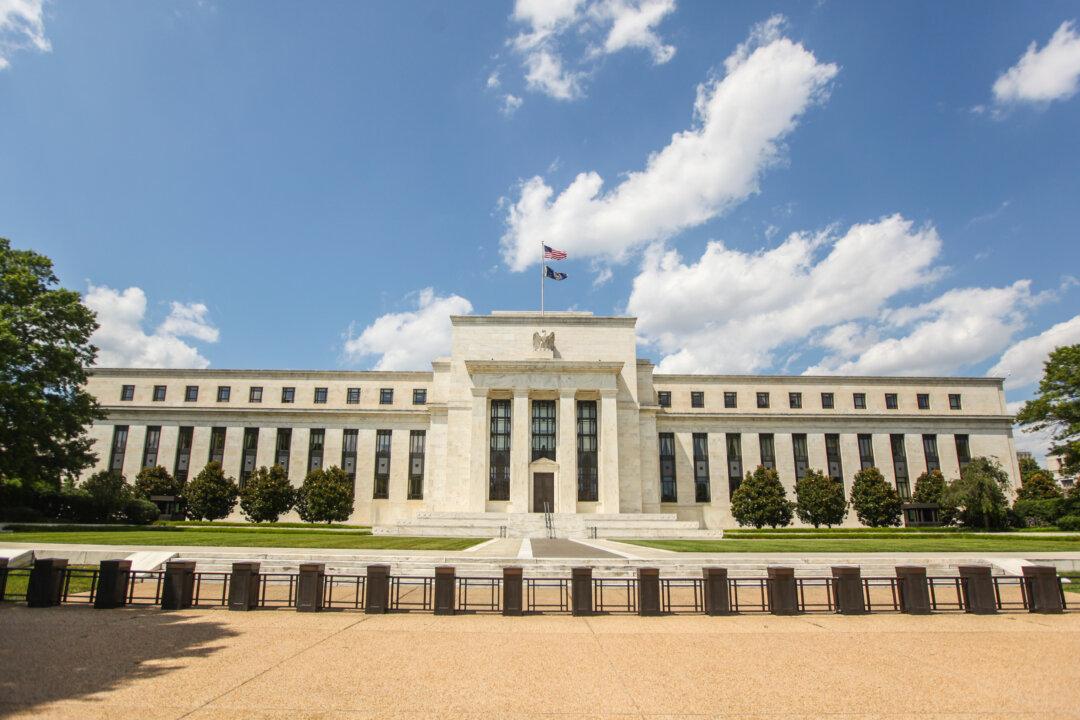WASHINGTON—When the first news organizations and policymakers started talking about negative interest rates and a ban on cash a little more than a year ago, the general public either thought they were joking or dismissed the ideas as something completely impracticable.
Joseph Gagnon, a senior fellow at the Peterson Institute of International Economics, thinks negative interest rates and a ban on cash are just an extension of unconventional monetary policy. The Epoch Times spoke to the former associate director at the U.S. Federal Reserve Board about quantitative easing, helicopter money, and negative interest rates.
Epoch Times: How well do you think quantitative easing worked?
Joseph Gagnon: Quantitative easing (QE) has worked better than people think. It’s all new. I think the Fed and other central banks have been slow to use these new tools because they are so new. If you step back and look at what happened in the United States in 2009: Many conventional models about what central banks should do in 2009 said they should set the interest rate at a negative 5 percent. At the time it was thought to be impossible. Then what do you do?
The effect of QE and what had been done then was the same as an interest rate of negative 2 percent. Therefore, the recovery was slow and took longer than expected. If they had done more, they would have had a better recovery.






